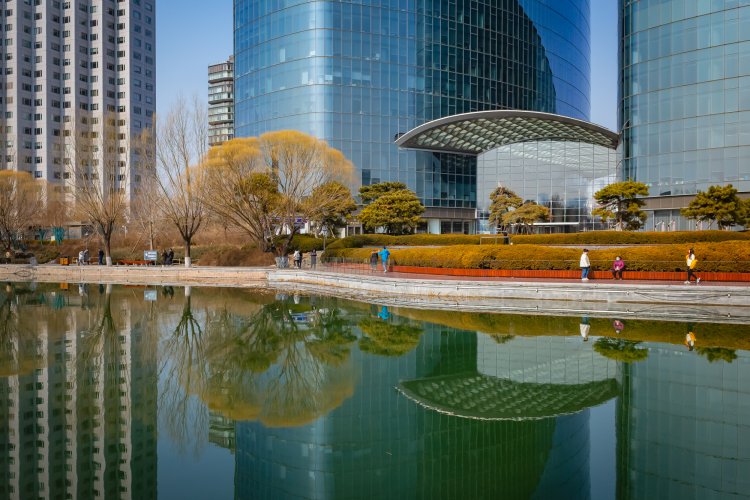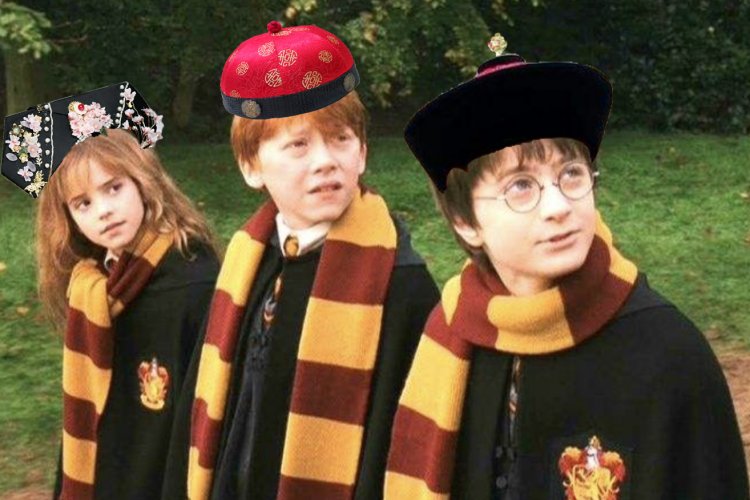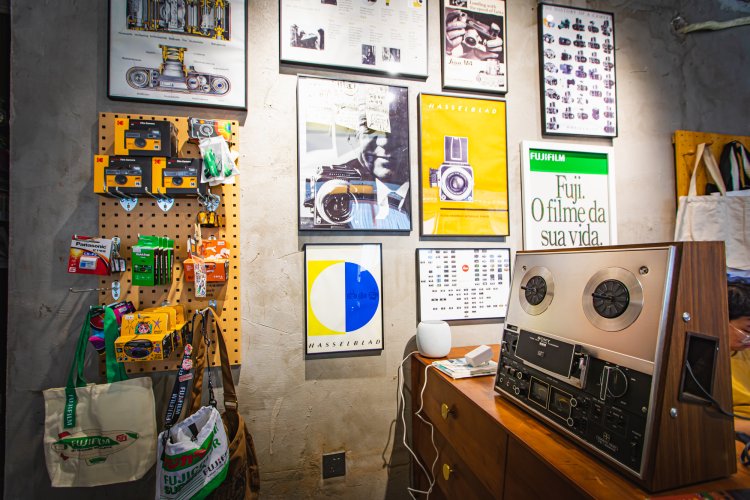Beijing Food Walks #4: Qianmen
Start: Qianmen subway station (Line 1)
Ever since this famous north-south thoroughfare was re-imagined Disney-style for the Olympics, most expat residents give it a wide-birth, save for the occasional splurge at Capital M, the first point of foodie interest on the walk. Even laowai-loved Element Fresh couldn’t cut it here, a little further down the avenue, closing after less than a year in business. But there are a few gems if you know where to step.
A Qing-styled Starbucks sits at the northwest corner of Qianmen. A few years ago they even had one in the Forbidden City before wide ranging protests forced them out. Outside the cafe, tourists disembark from the re-installed trolley trams that trundle up and down. This is the best part of the restored main avenue. Just about everything else is bad; most of all the ersatz frontages of the buildings.
Which is why we’re getting it off it quick smart. At no. 19, dart west after the shop front with a sign saying “Beijing’s Intangible Cultural Heritage”. Shame about the tangible, you might think. This is Langfang Er Tiao, an eatery-packed alley teeming with touristy lao Beijng fare, from boiled tripe to roast duck to zhajiang noodles.
Though Google maps says otherwise, at no. 58 you can turn left and head south down the narrowest of alleyways. In total contrast to wide Qianmen, this claustrophobic path is teeming with character. Along the alley are lots of Dongbei food stalls, hand-wrapped jiaozi, and lao Beijing snacks like luzhu huoshao, a cauldron of pork intestines, bread and more in a thick meaty broth.
A few hundred yards and the alley ends at restored Dazhalan Avenue, a once famous and bustling shopping street now largely stripped of historic character. Heading east, you can at least still see the original marble façade of the Ruifuxiang Silk Fabric Store. Just before you re-enter Qianmen, turn right on Liangshi Dianr Xie Jie. Just one street parallel to the glitz and glamour and things have gone decidedly down-market. Note the flat, featureless facades of the back of the Qianmen buildings, like an unfinished film set. And opposite, the crumbling old buildings (some of which are sex shops) wear the forlorn frown of the condemned.
A couple of lao Beijing restaurants here have some elderly dudes yelling at passers-by to urge them inside – not something you see every day in Beijing.
Towards the bottom end of the alley, as the gift-shops and luzhu sellers thin-out, you’ll reach the government-run ‘Xincheng Noodle House’. A relic from another age, inside staff in white coats dispense erguotou in chipped cups poured by the liang (50ml), and the cashier un self-consciously tots up the bill using an abacus.
They don’t make ‘em like this anymore.
From here you can continue south and pick up a cab from Zhushikou Xijie.
If you want to keep exploring, cross the street and check out the lively hutongs to the southwest for a more authentic experience, most interesting after 5pm when the food stalls come out. Very likely the subject of another food walk in the future.






